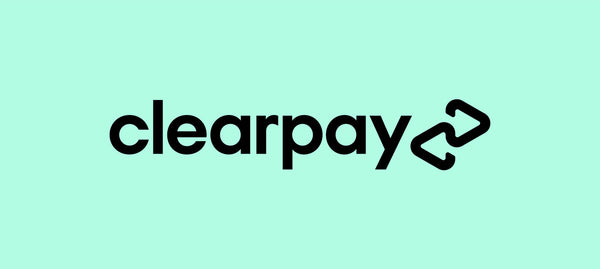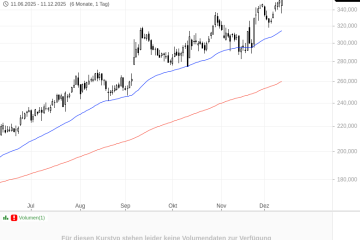Understanding Clearpay: The Future of Payment Solutions

Introduction
As the landscape of retail evolves, innovative payment solutions are playing a vital role in shaping consumer experiences. Clearpay, a prominent player in the Buy Now Pay Later (BNPL) market, is gaining traction among shoppers seeking immediate gratification without the burden of upfront payment. This service allows customers to purchase items and pay for them in instalments, providing an appealing alternative to traditional credit methods.
What is Clearpay?
Founded in Australia in 2015 and now a part of the Afterpay brand, Clearpay offers a seamless financial tool that allows customers to shop from their favourite retailers and split the cost into four equal payments. These payments are due every two weeks, making budgeting more manageable for consumers. Clearpay has seen exponential growth, particularly amongst younger demographics who prefer flexibility in their payment options.
Current Trends and Adaptation
As of October 2023, Clearpay is expanding its reach in the UK and beyond, aligning itself with major retail brands such as ASOS, Urban Outfitters, and JD Sports. Recent data indicate a surge in BNPL transactions, with a report from Worldpay revealing that BNPL services accounted for 5% of global e-commerce transactions in 2022. This trend is poised to continue, especially as retailers pivot towards online sales to meet changing consumer behaviours.
Regulations and Consumer Education
Despite its popularity, BNPL services like Clearpay are under growing scrutiny due to concerns about consumer debt and financial management. Regulatory bodies in the UK are exploring measures to ensure that consumers are adequately informed about the implications of using such services. Clearpay has taken proactive steps to promote financial literacy, providing resources and tools to help users track their spending.
Conclusion
As Clearpay continues to reshape payment options in retail, its significance for both consumers and retailers grows. With the convenience of spreading payment costs, consumers can enjoy shopping without the immediate financial impact. However, it remains essential for users to approach these services with caution and awareness. The future of Clearpay, and similar BNPL services, will likely hinge on their ability to balance consumer convenience with responsible lending practices. Following trends, monitoring regulations, and understanding the financial commitments involved will be crucial for consumers as they navigate this evolving financial ecosystem.








